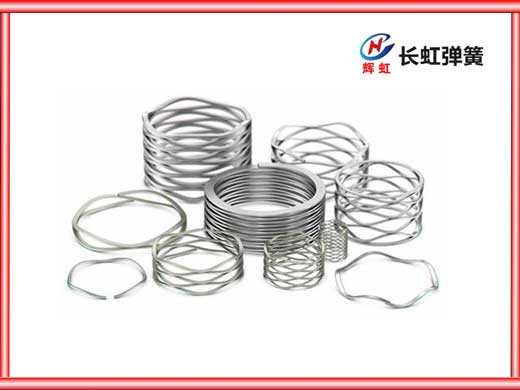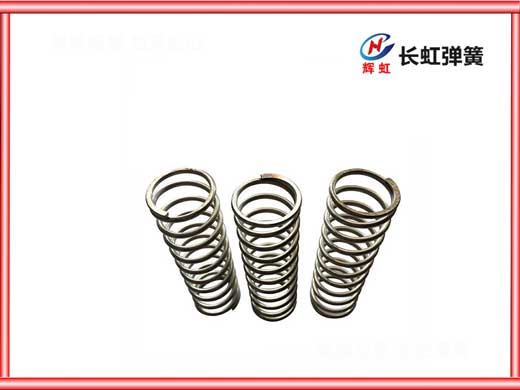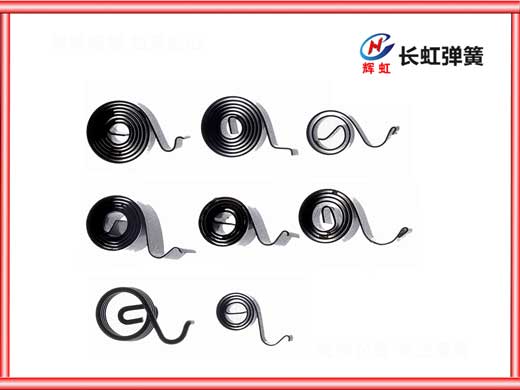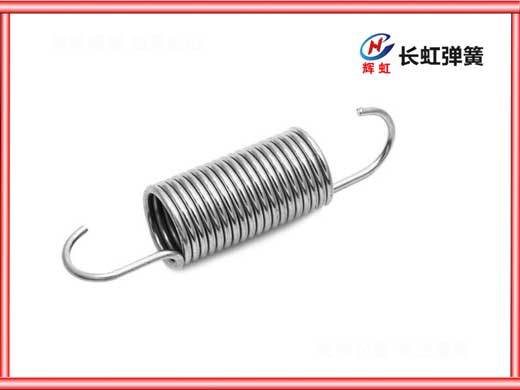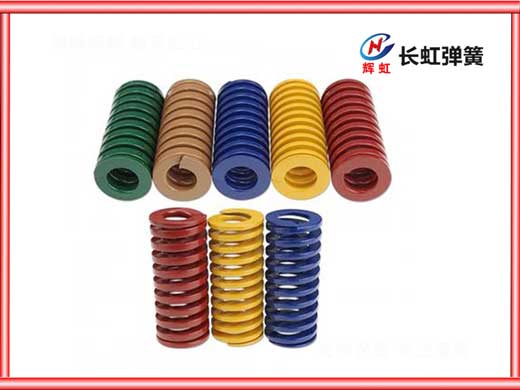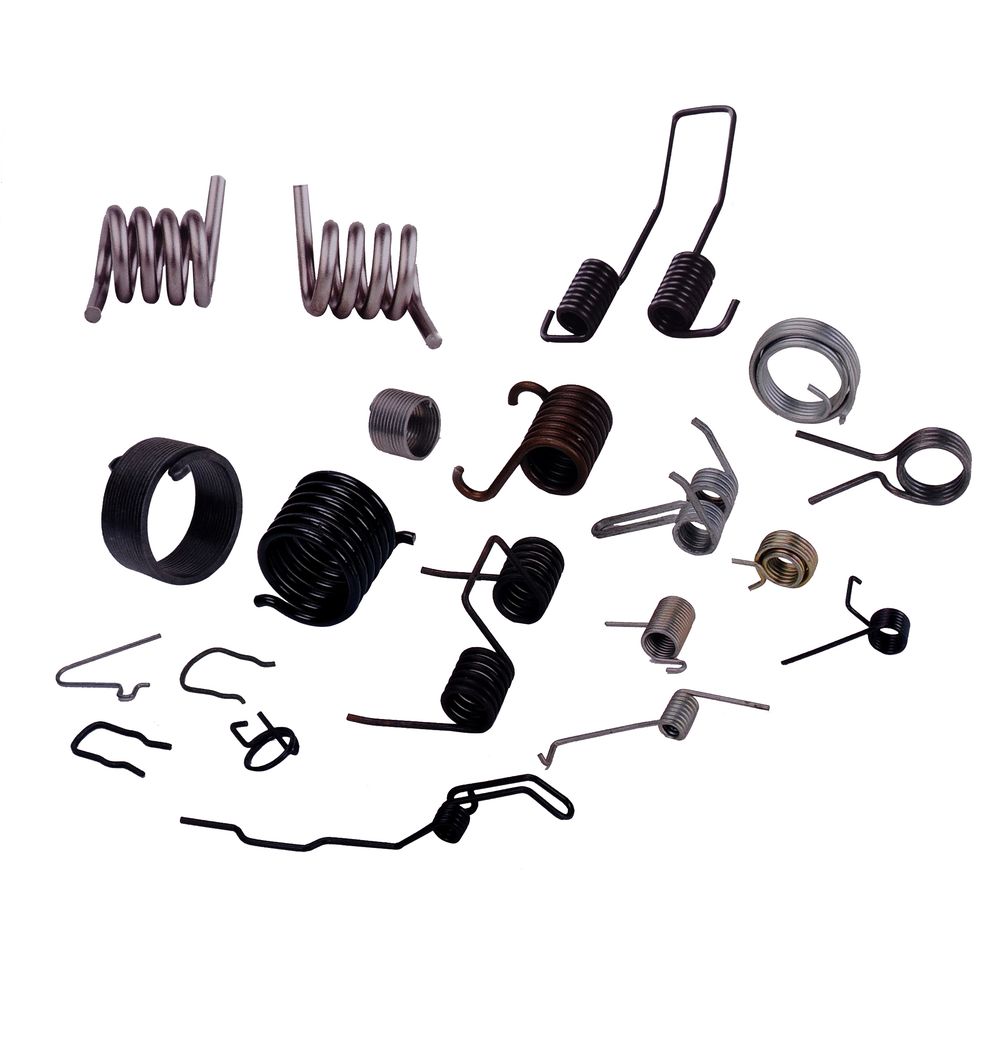The spring has the characteristics of extensibility and compression, which can absorb and release the bounce generated when the vehicle passes on uneven roads, reduce the amplitude of the vehicle's bounce, and keep the wheels in contact with the road as much as possible. The energy generated during the elongation process will be converted into heat energy and spread into the air under the operation of the shock absorber.
The progressive spring adopts a design with inconsistent thickness and density. The advantage is that when the pressure is not large, the part with a lower elastic coefficient can absorb the undulations of the road surface to ensure ride comfort. When the pressure increases to a certain level, the thicker part The spring plays a role in supporting the vehicle body, but the disadvantage of this spring is that the control feeling is not direct and the accuracy is poor.
The thickness and density of the linear spring remain unchanged from top to bottom, and the elastic coefficient is a fixed value. This kind of designed spring can make the vehicle obtain a more stable and linear dynamic response, which helps the driver to better control the vehicle. It is mostly used in performance-oriented modified cars and competitive vehicles. The disadvantage is of course that the comfort is affected.
The short spring is shorter than the original spring and is thicker. Installing the short spring can effectively lower the center of gravity of the vehicle body, reduce the roll generated during cornering, make cornering more stable and smooth, and improve the vehicle's cornering control.






